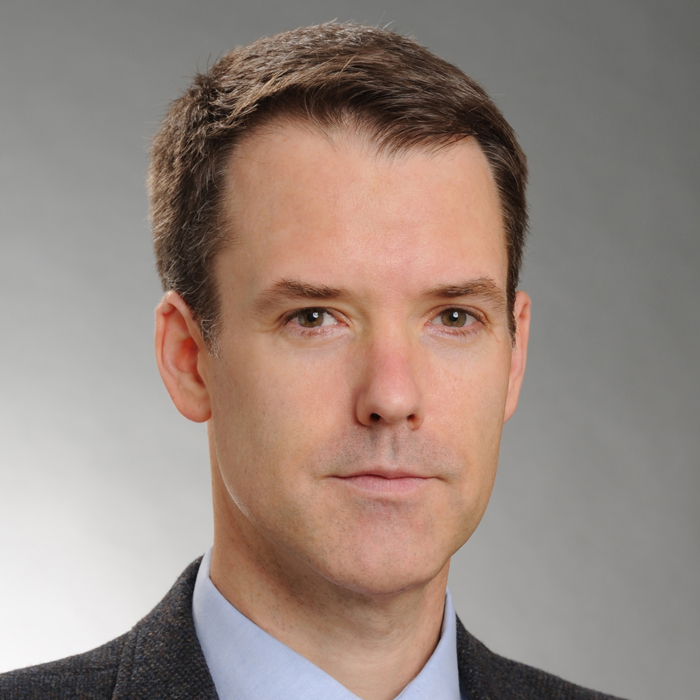Camosy and Hamdy both offer us food for thought in regard to the specific cases they present, as well as to the wider concerns of the Science and the Human Person project and its question: “What is the human person?” Ruminations on the provided cases may shed some light on the larger issues, as both authors have aimed to do.
Hamdy’s critique exposes the problems of relying on a too-simple notion of an Islamic bioethics based on fatwas, or on a similarly underdeveloped approach that assumes medical ethics are identical and patently-apparent in all locales and circumstances. Her call to re-frame bioethics can be seen as an elaboration on the ideal process within secular bioethics, but which seeks a higher perch from which to consider the complex context and factors of a bioethical case.
Taking a Broad Perspective
This is evident in the example of the live liver donor in Egypt. Hamdy is not content to limit the discussion to the question of whether liver donation (from either living or dead donors) is halāl or harām (religious-legally permissible or forbidden, respectively), or if medicine or bioethical principles used by physicians can justify the procedure. Instead, she calls on us to take the 30,000-foot view—to question the very forces that shape the individual case in the first place. What are the socio-political decisions which led to the environmental choices that ultimately inflated the need for liver donations in Egypt?
This movement is not foreign to the secular model of bioethics, especially as articulated by Beauchamp and Childress. Over time, in dialogue with their critics, their principle-based system has absorbed and integrated both thematic concerns similar to the type raised by Hamdy — such as power disparities involving gender or class — as well as procedural issues, including digging deeply into the particulars of each case through the use of narrative and casuistry. Ultimately, they identify this method as a process of “reflective equilibrium.” Perhaps this model is not often-enough extended to the heights from which Hamdy (and Farmer) rightly call us, but I suggest that there is a potential here to elucidate the enlarged framework for bioethics among Muslims as she is encouraging.
Justice and Bioethics
Justice is another point at which we might join and expand the discussion of secular bioethics with models that may unfold among Muslims. It may well be that the content of justice as described by secular bioethics is lacking either in the cultural contexts of bioethical decisions among Muslims, or does not sufficiently account for higher-level causes of injustice in particular cases. Likewise, Islamic conceptions of justice found in fatwas may also be lacking in their ability to see the big picture, especially in the case of rapidly developing biotechnologies. Thus far, whether scholars have been looking at fatwas or at attempts to import the secular principles approach into Islamic bioethics, the notion of justice has remained largely undeveloped. This, despite the central role it plays in the four-principles approach, as well as its extensive presence throughout the scriptures and religious resources of Islam.
I suggest that a deep, theological (rather than strictly jurisprudential) examination of justice in Islam needs to be made, either from the specific point of Islamic bioethics, or at least with that as one end in mind. Not only will this allow for an organic Islamic understanding of the term in bioethical discourse, but it will provide a solid point of contact for comparative discussion between Muslims, Christians, and secularists, and for any possible concept of a universal morality. It can also enable consideration of bioethical cases both in their specific features and in the bigger picture.
It may also shed light on the question of “What is the human person?” The Qur’an discusses one of the purposes of humanity to be the worship of God. Yet the jinn, angels, animals, and even nature all engage in such worship. Humans are the only beings tasked with establishing justice on the earth—the very core of their role as God’s vicegerent. The human person is one who must strive to institute justice.
Exploring Socio-Cultural and Theological-Ethical Contexts
Camosy’s case of the “two-minus-one” pregnancy provides further space to consider the ideas of form and content seen above. Camosy lays out the context of this particular case, and provides analysis that includes, but goes beyond, mere issues of autonomy or even of the agonizing dilemmas presented by the dimensions of IVF and pregnancy reduction. Instead, he takes us further up to explore the socio-cultural context (such as the “closed home” model, consumerism, and power and privilege) which can shape decisions back down in the clinic.
This case also indicates the need for a deeper, theological-ethical exploration within Islamic bioethics. It may well be true, as Camosy asserts, that Islam has the resources with which to critique these sorts of actions. On the other hand, the Islamic legal tradition has not been as clearly anti-abortion as the Catholic Church, and hence we have seen cases where such practices have religious-legal sanction. If the discussion simply ends with the legal-ethical judgment in a fatwa of halāl or harām, Catholics and Muslims might find no agreement on this point. Or the multiplicity of fatwas (some permitting the practice and others forbidding it) may simply muddy the waters. While there is no guarantee that theological-ethical explorations will yield firmer fruit, such an approach promises to better light the path to the engaged, supportive community that Camosy urges us towards. The creation of such a community—especially within a pluralistic society such as our own—requires that Muslims take up substantial theological engagement on the topics of children, family, community, and human dignity.

